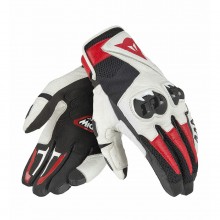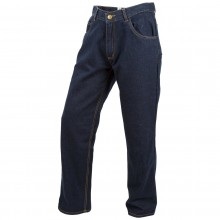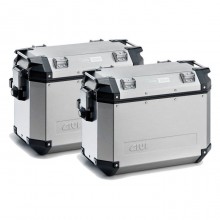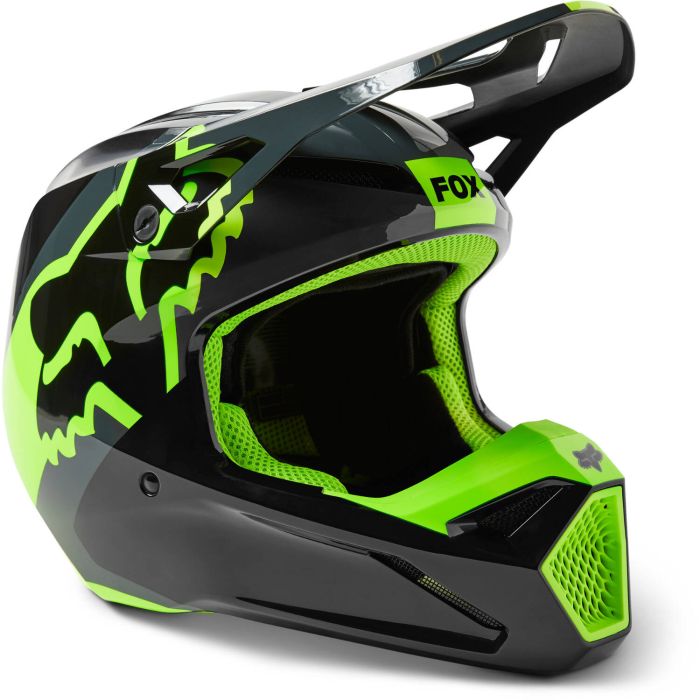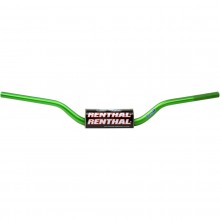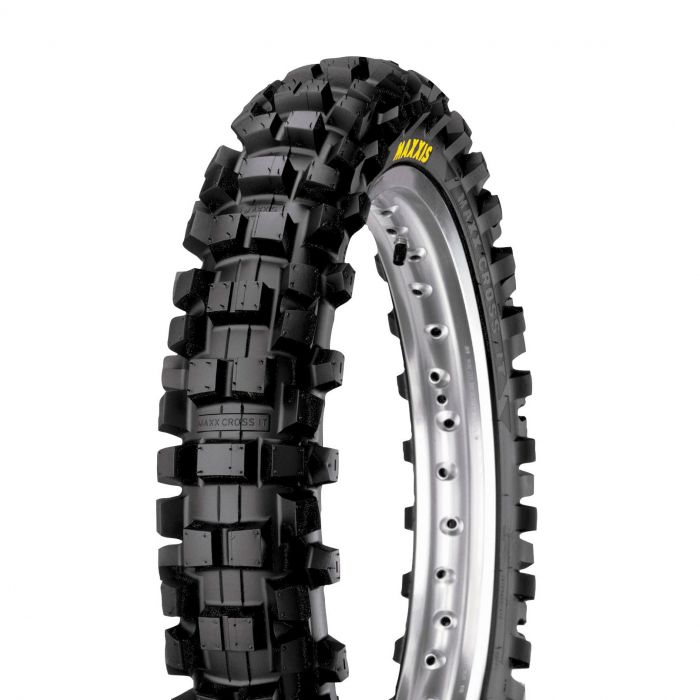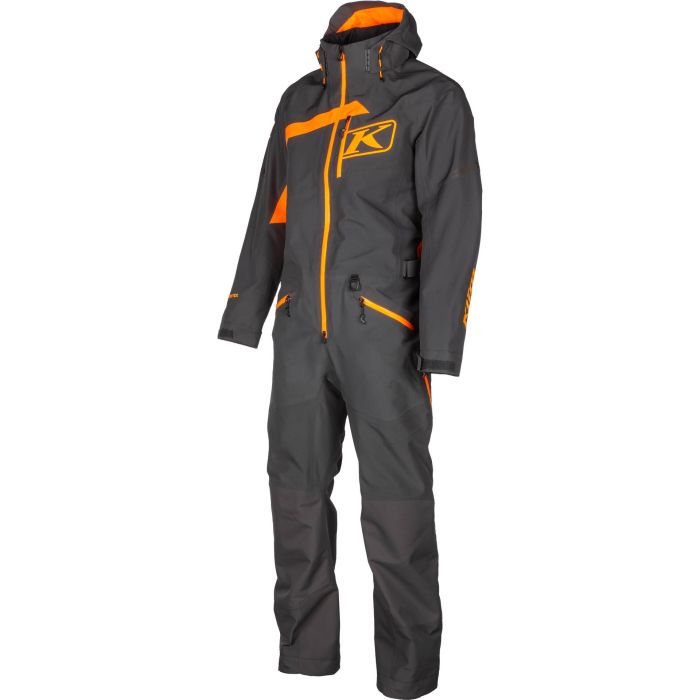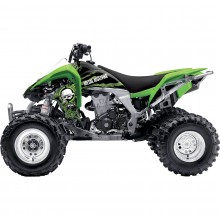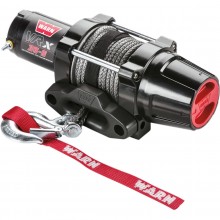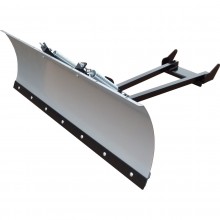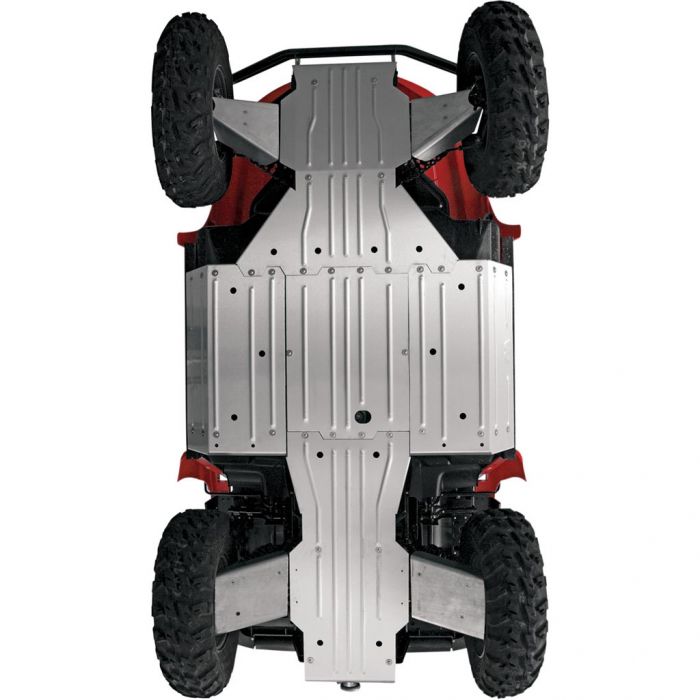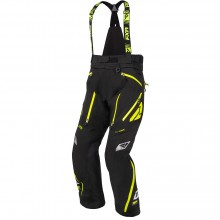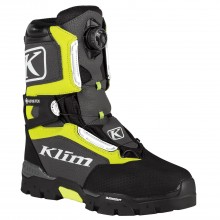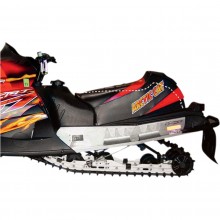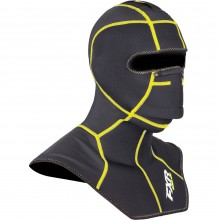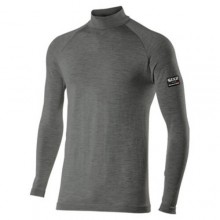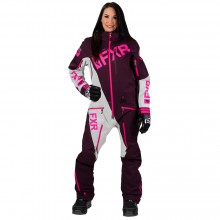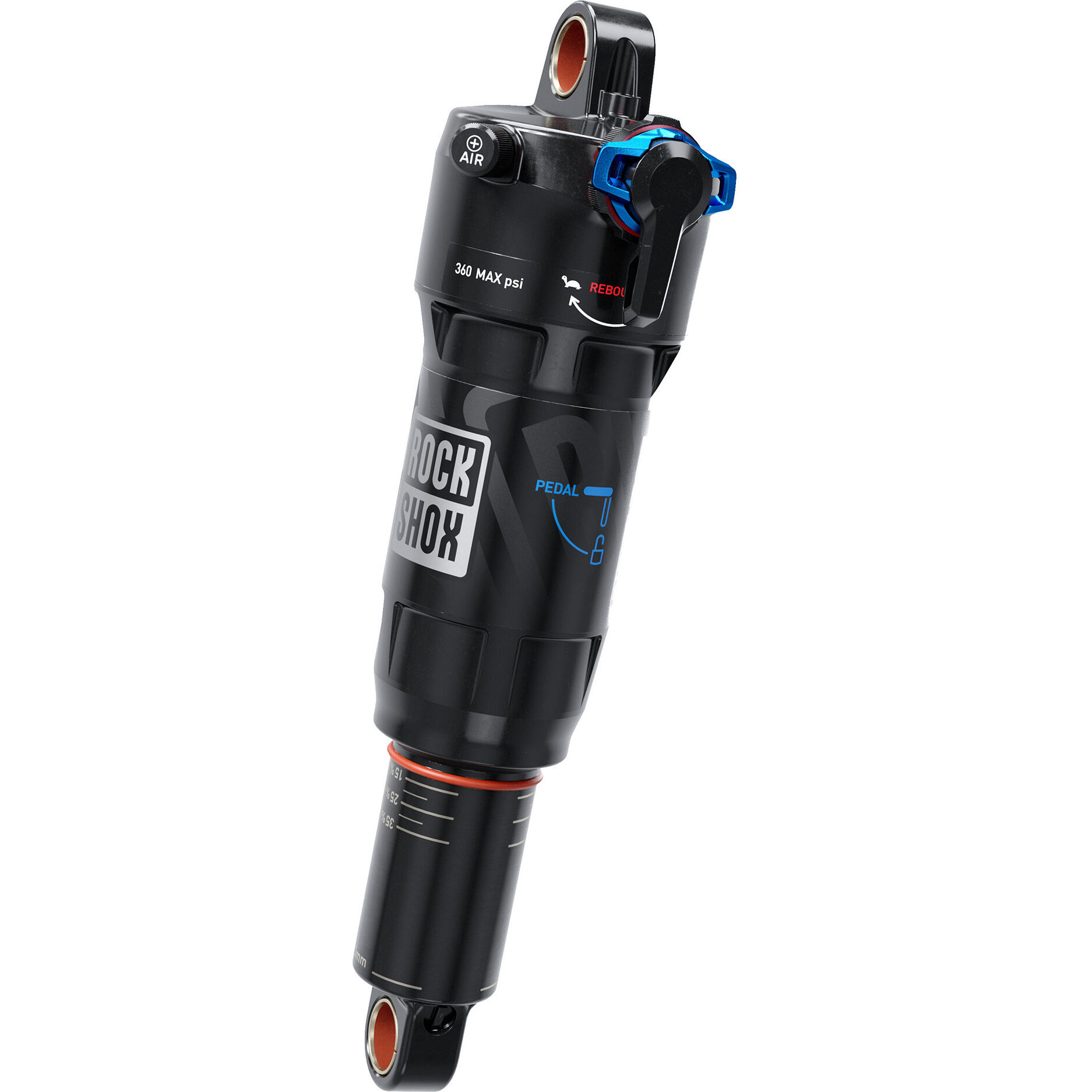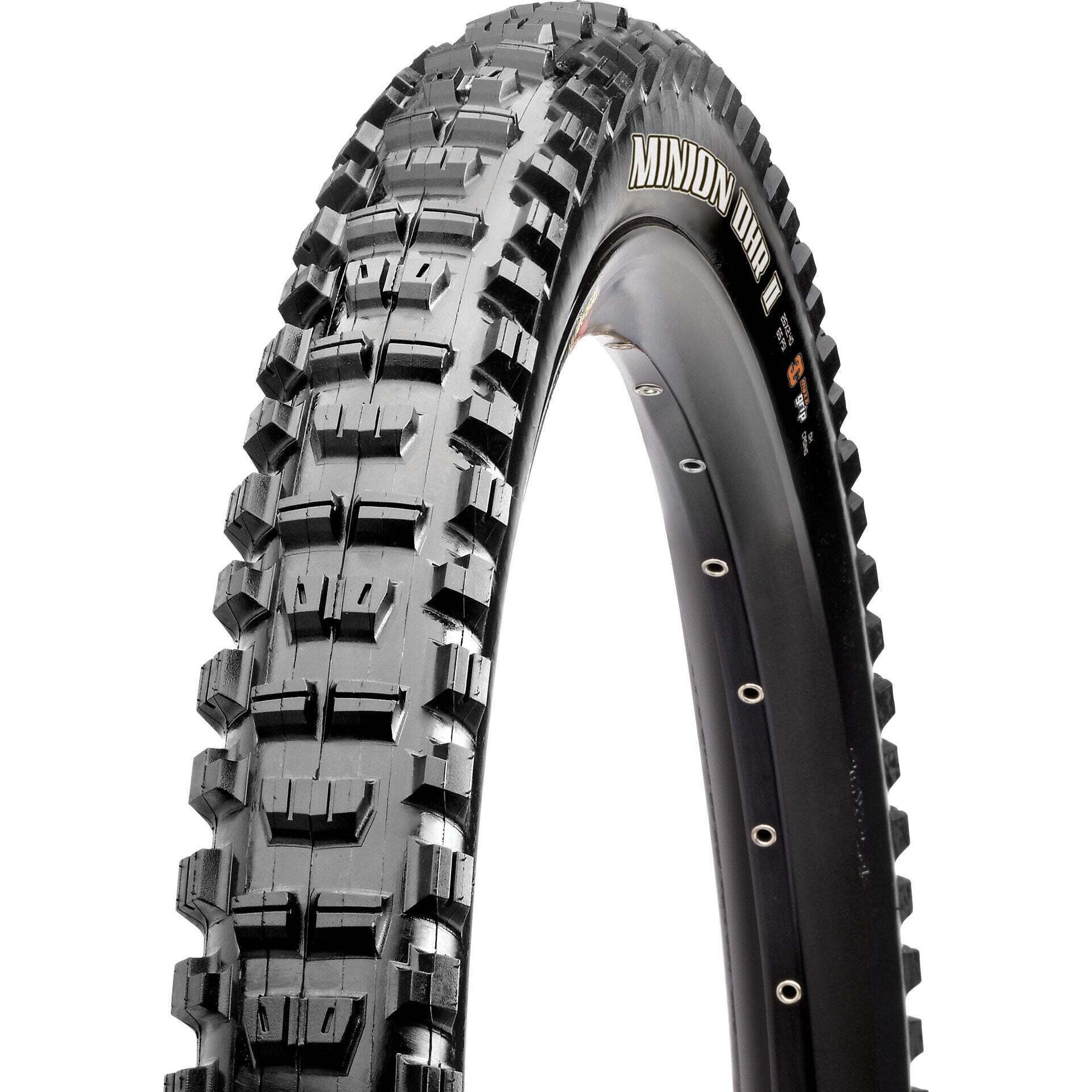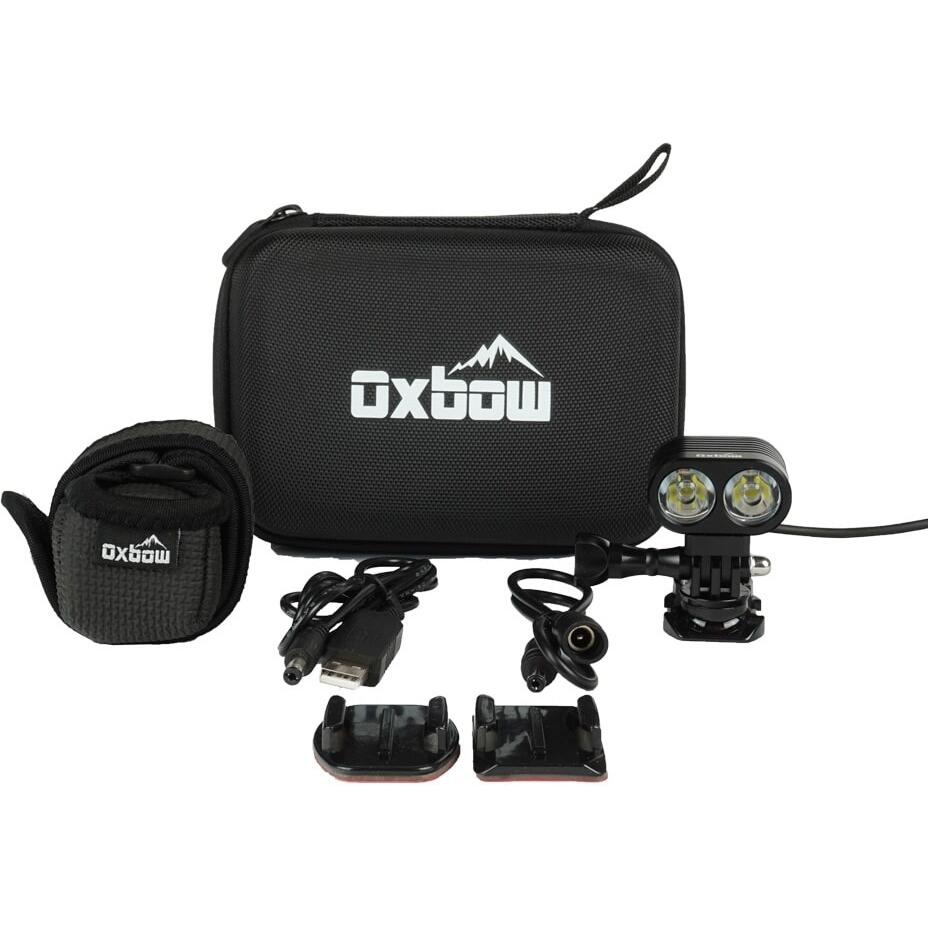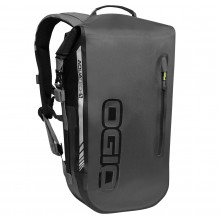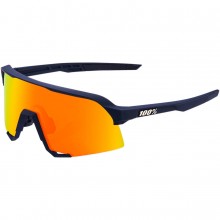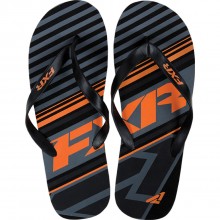
Types of Motorcycle Helmets
Motorcycle helmets are like Canadian time zones. There are 6 different kinds, and that isn't going to change anytime soon.
Browse Helmets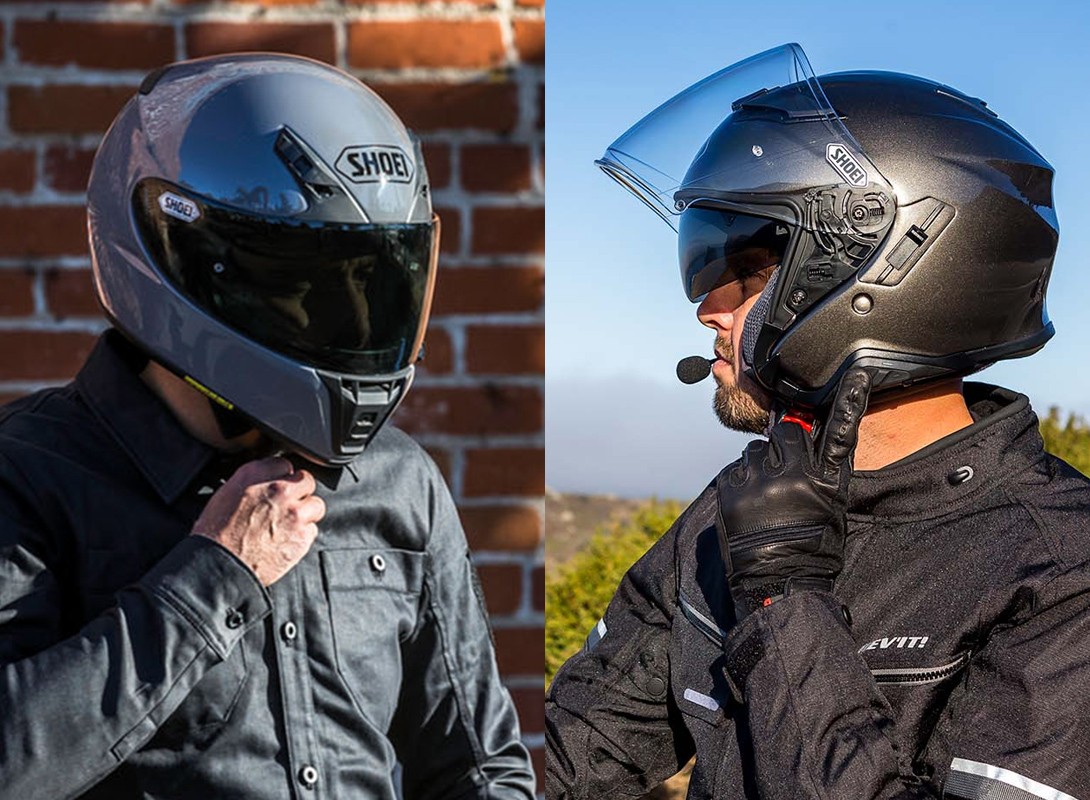
Jan 1, 2022 — Hello, bonjour, and welcome to our F9 Motorcycle Helmet Guide! In this series, we’ll be breaking down fitment, safety ratings, helmet care, materials, purchasing tips, as well as helmet types. Today, we’ll be talking about the latter.
So without further ado, let’s first start by naming the six types of motorcycle helmets:
Flip-up, 3/4, Brain Bucket, Crossover? Woah, that's quite the confusing crew, with more aliases than the cast of a James Bond film. So, if you're in the market for a new lid, don't jump the gun.
For each helmet type, we've written a short blurb on the pros, cons, and what to look for when buying, or changing up your riding style.
Full Face Helmets
When you picture a motorcycle helmet, this is probably what you have in mind. You see yourself as a street ninja, zipping through lanes undercover. Of course, the tinted visor is a given here.

Kill Bill: Vol. 1 (2003)
It's not all about looking like your favourite Power Ranger; these helmets do have the added bonus of being the safest, given you don’t purchase one at a toy store. That’s because full faces cover the top, back, and front of your head. Except for the eye port of course, which is important for a little safety feature called being able to see.
As opposed to 3/4 and half helmets, full faces have a chin bar. And since 45% of helmet impacts occur in this area, it’s a handy feature, to say the least.
Riding position is hugely important for full face helmets. Sport riders are often hunched over, which demands complimentary ergonomics from a helmet. On sportier helmets, the chin bar will be higher, and the eye port should be angled slightly towards the top of the helmet. Ventilation ducts will be placed near the top of the head to draw the most air in a tuck position. Also, sporty full faces are slippery against the wind, and have a little thing called aerodynamics to prevent helmet lifting at high speeds.
For those with a more upright position – tourers, cruisers or ADV riders – a full face helmet should have a slightly different shape. The chin bar will extend a little lower, the eye port will be angled straight out, and there will be more frontal air ducts. These touring and casual helmets also focus on comfort and soundproofing. Sometimes, they come with add-ons that would make a techie wet himself: Mp3, Bluetooth, rider-to-rider comms, etc.

The problem with full faces is ventilation. If you have the visor closed – and anyone who has taken a wasp to the eye at 100 km/h will have the visor closed – the helmet is basically a sealed bubble.
So, you should look for something that is well ventilated to prevent your hair from spontaneously combusting. Moisture wicking, removable and machine-washable padding is also a plus, because no one likes to put their head in a smelly chum bucket. Of course, in Canada, the warmth from a full face’s coverage is often a good thing.
With full face helmets, there’s also the whole visor issue to consider. Depending on how much sun you see, the UV protection rating could be important. You should also pay attention to lens colors – they’re for more than just looking cool!
If you ride primarily in very bright conditions, a mirrored or dark colored lens will protect from glare. And if you live under perpetual cloud cover – like some West and East coasters – a rose or yellow colored lens will help enhance definition. Clear lenses are perfect for anyone who does a bit of night riding, while jet-black lenses should be used with caution.
Trust me, a blackout visor is only cool until you enter a slightly dim tunnel and smash into the wall.
One other visor issue has to do with fogging. And believe it or not, there are more factors at play than just your sweaty head. Anti-fogging lenses are a good – but not foolproof – solution. To further minimize fogging, find a helmet with a built-in breath box. This directs your exhalations away from the visor. You could also find a model that is compatible with the pinlock system . This involves putting a second lens behind the regular face shield, effectively creating a double-paned barrier that prevents fogging.
Browse Full Face Helmets
Modular Helmets, AKA Flip-Up
These are the Optimus Primes of helmets. And by that, we mean the chin bar flips up (or is removed entirely) to turn a full face helmet into an open face helmet. Maybe that’s not as impressive as alien robots, but hey, this is real life.

The AGV Sportmodular Carbon
Modular helmets are popular with adventure and sport touring riders. The versatility is great for anyone who occasionally wants to grab a bite to eat, smoke a cigarette, consult a map or talk to a friend. With a modular helmet, you can flip up the chin bar and accomplish all these tasks without taking your lid off.
This begs the question: Why hasn’t Swiss Army made a modular helmet yet?
It is worth noting that – for the majority of modular helmets – it is not recommended to ride in the open face position. On most models, the chin bar flips onto the top of the helmet. This is great for rest stops and occasionally at lower speeds, but it’s neither aerodynamic nor safe while riding.
Modular helmets are inherently less safe than standard full faces. That’s because the flip-up mechanism introduces a hinge to an otherwise solid structure, thus weakening the helmet. However, modular helmets are still much safer than open face or half helmets. While there are a few sporty modular helmets, most are geared towards a casual or touring riding style. That is, most of them work best in an upright or near-upright riding position.
Browse Modular Helmets
Open Face Helmets, AKA 3/4
Open face helmets are extremely popular among cruisers and scooter riders. The ¾ structure has an inherently vintage feel, and matches well with stylish street-going motorcycles.
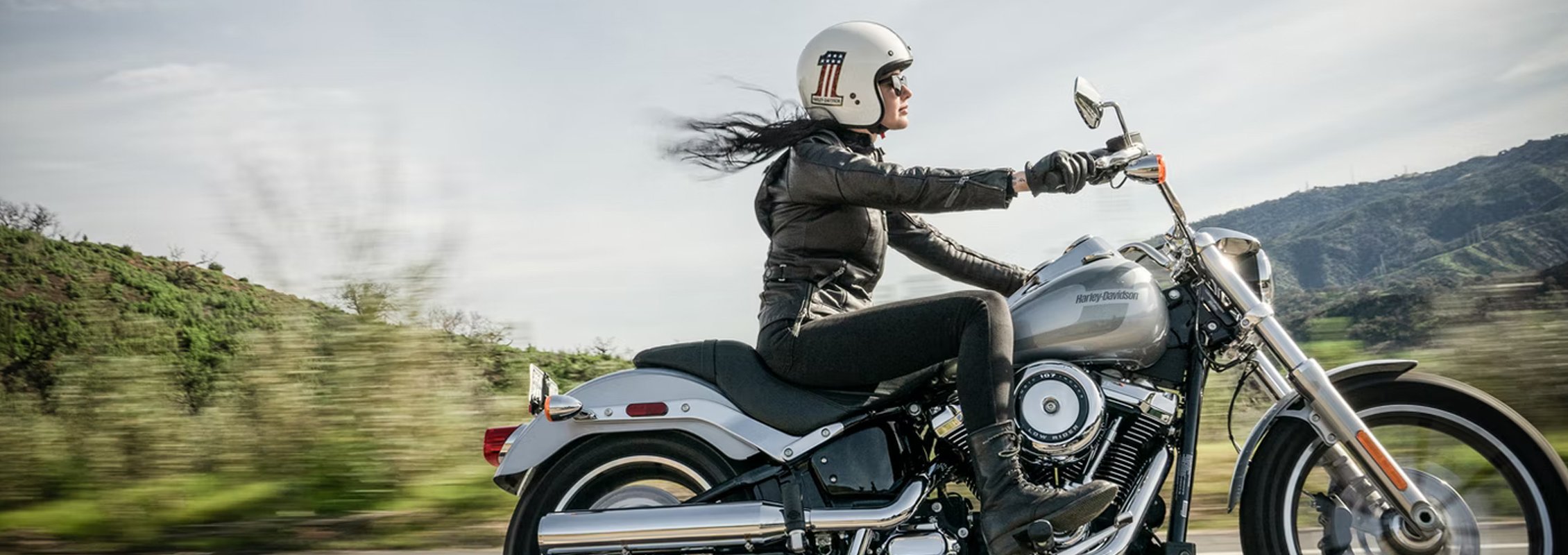
When compared to full faces, open face helmets are structurally equal in terms of safety. That is, the shells often use the same composites and padding for impact resistance. However, as is apparent from the name itself, open face helmets will leave your face open to a harsh greeting from Mr. Pavement. There is no chin bar, and in many cases no face shield either.
The benefit of an open face helmet is the airy feel, though this can also be a problem in rainy or dusty weather. Basically, if there are large particles of something in the air, you’ll know what they taste like. If your helmet has a flip-down visor, you might still need a bandanna to protect your chin. Alternately, an enormous beard also solves the problem.
If your helmet does not have any eye protection, there are a few options. In sunny weather, you can get away with wearing glasses. If the conditions get rough, most riders opt for goggles. Many helmet manufacturers will offer snap-on eye protection that is specially designed to work with their helmets.
And if you're absolutely committed to being the coolest rider on the block, some helmets – like the Bell Rogue or Scorpion Covert – come with a detachable muzzle, and eliminate the need for that stereotypical bandanna.
Fair warning though: these do not act as chin bars!
Browse Open Face Helmets
Half Helmets, AKA Brain Buckets
Half helmets are the most minimal of lids. They cover your head, normally from the top of your forehead to about halfway down the back of your head. They’re extremely popular with cruiser and vintage riders, with a particular following in the Harley-Davidson community.
That said, they’ve seen some popularity with naked bikes as well – Ducati Monsters, BMW S1000Rs, Kawasaki Z1000s – anything in a streetfighter style.

Half helmets are normally DOT approved, making them legal on Canadian roads. That said, they lack in safety features, for reasons easy to deduce. Half helmets have the minimal required coverage and – even on the top of the head – the impact resistance is often substandard.
Now only you can know which concessions are appropriate when it comes to safety. And if you’re cool with a half helmet, you’ll certainly have no problem looking it. Brain buckets capture that iconic image of motorcycling freedom. Plus, the air flow and lightness are like no other.
Browse Half Helmets
Dual-Sport Helmets, AKA Crossover, ADV, Hybrid, or Enduro
Dual-Sport helmets fall somewhere between off-road and full face types. Like motocross helmets, they have a sun peak – typically less elongated – and excellent ventilation. They provide a little more warmth and soundproofing for on-road riding, they have a built-in visor, and a truncated chin bar.

The Arai XD-4
The sun peaks on dual sport helmets are aerodynamically designed to resist lifting at highway speeds. The visors are normally made so that, when flipped all the way up, the rider is able to use goggles instead.
The technological intricacies go on, and they’re all geared for multipurpose use. If you’re actively seeking out both on-road and off-road terrain, a dual-sport helmet is a no-brainer.
Browse Dual Sport Helmets
Motocross Helmets, AKA Off-Road
Motocross helmets are distinguished from regular full faces by their sun peaks, lack of face shields, and pronounced, angular chin bars. Dirt riding demands high physicality from the rider, and it’s often done in warmer weather. Therefore, these types of helmets are designed to minimize weight and maximize ventilation.

You wouldn’t want to do much highway riding with an off-road helmet. At high speeds, the minimal soundproofing can make traffic and wind noise annoying (and dangerous). Plus, the sun peak will turn your head into a kite if you go too fast. For plunking around in the back woods though, off-road helmets are perfect.
Motocross helmets are designed to be used with goggles – they do not have built-in face shields. That’s because goggles provide superior airflow, and they can be used with tear-offs in extremely dirty conditions. The sun peak lives up to its name – it protects your eyes from the sun. Plus, it also guards against mile-high roost falling from above.
For off-road racers, a carbon fiber or advanced composite helmet would be a great choice. These save on weight without compromising in terms of safety. If you wear body armour or a neck brace, it’s also worth finding a race-inspired helmet that will interface with these systems.
One more thing: you’ll find certain helmets fit certain goggle shapes as well. Having an eye port that matches the frame of your goggles can make a huge difference when it comes to keeping dust and rain out of your eyes. If you’re buying from a helmet manufacturer that also produces goggles – like Thor or Fox – check to see if they specify a goggle to match.
Browse Motocross Helmets
Notes on Racing Helmets
In the extreme environment of track racing, you won’t be jamming to your Mp3 player or calling your mother via Bluetooth. So don’t expect to find any of these weighty extras on a race helmet. Instead, you’ll find a trimmed down lid that focuses on three key areas: vision, safety and weight.
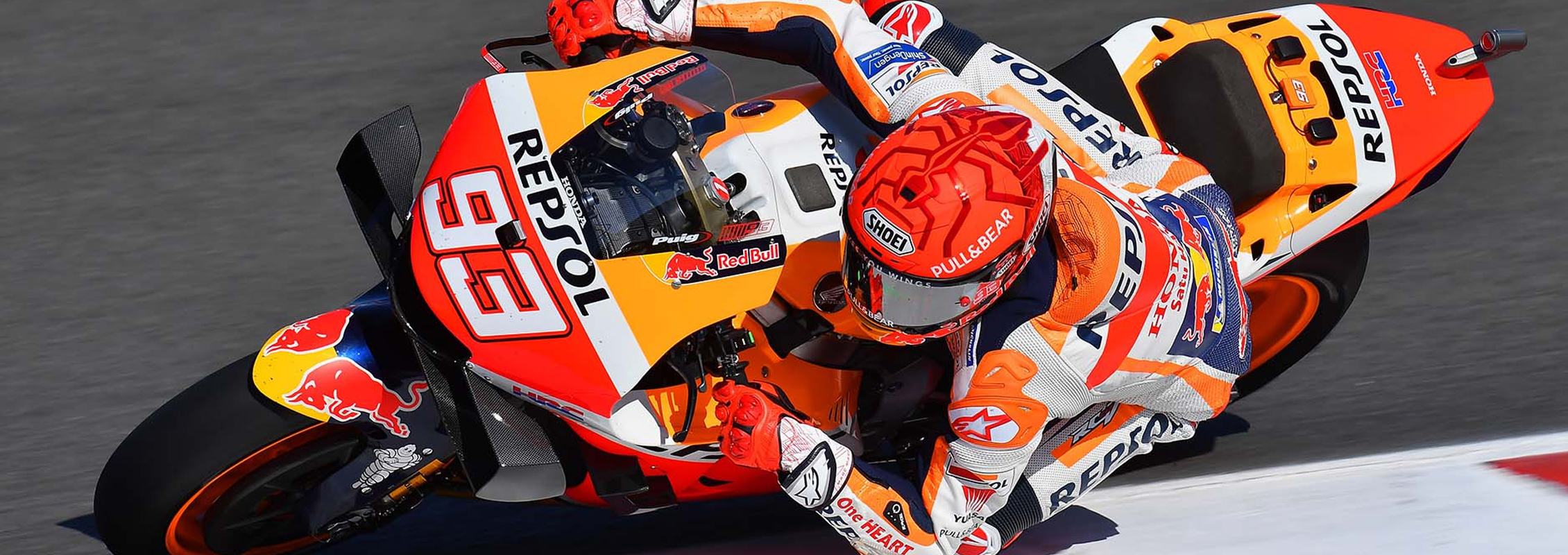
Since racing motorcycles don’t have mirrors, periphery vision is crucial for keeping an eye on competitors. Most racing helmets will have wide eye ports to accommodate this. On-road versions will often have thicker face shields as well, which increases durability in case of a high speed slide. These shields have a locking mechanism, which ensures that your helmet doesn't flip open at an inconvenient time.
Racing helmets have the utmost in safety features. Expect to find emergency removable padding, which allows medical personnel to take your helmet off without yanking on your neck. You will also find a FIM, Snell or ECE safety rating. Depending on where you race, one of these will likely be required, so be sure to check your particular criteria for race entry, and choose a helmet accordingly.
Lastly, racing helmets are very lightweight. Normally, manufacturers use space-age composites to achieve this effect. They also skimp on things like soundproofing, since most racers will wear ear plugs anyway. Racing helmets are also designed to fit with the speed hump on your leathers. A good interface between helmet and hump reduces drag by preventing vortices from forming behind your head.
That’s all for now folks! If ever this article wasn't long enough for you, check out more of our guides down below.
Best Beginner Motorcycle Gear – What Do You Really Need?
Picking motorcycle gear as a beginner can seem like a daunting task. Don't worry though, we're here to simplify things for you. Eventually.

Related Articles
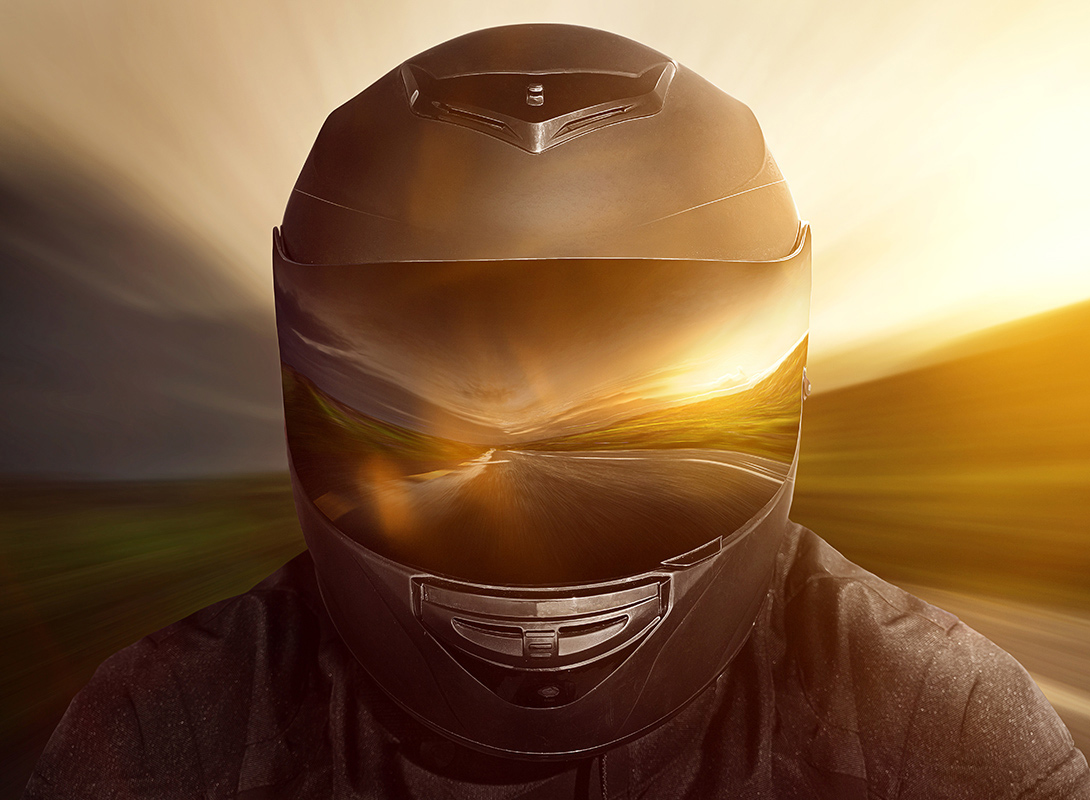
The Cost of Motorcycle Helmets: Cheap vs Expensive
How much should you really pay for a motorcycle helmet?

5 Telltale Signs of a Bad Used Motorcycle
Buying a used bike, or a lemon? Here are 5 methods to Sherlock your way into a good buy.

A Guide to Motorcycle Gear Ratios
Everything you need to know about gear changes and ratios. Fine tune the power delivery to your rear wheel.



